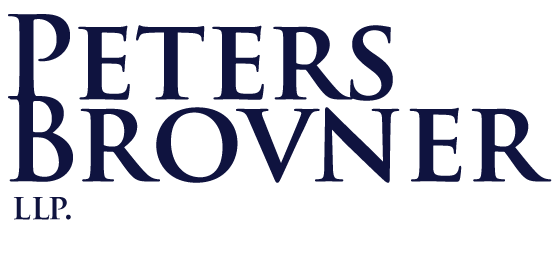Is My Employee Handbook up to Date?
Lesley Brovner & Mark Peters
July 7, 2024
It is important to regularly update the employee handbook and modify for changes in the law as well as changes in your company’s own internal policies. A thorough once a year review is important to make sure that no laws/policy changes have been overlooked and that all policies remain relevant and have been upheld consistently within the organization. (If policies have not been upheld, you must make a decision as to whether the policy should change, or the enforcement of the policy needs to be bolstered.) All changes should be run by legal counsel and then given to HR for further distribution and training.
What topics should my Employee Handbook cover?
Employee handbooks should cover a number of topics including, but not limited to:
- Anti-discrimination and antiharassment policies
- including workplace safety.
- Attendance
- including sick leave and other leave policies & laws, remote work and overtime
- Behavioral expectations
- including a code of conduct
- Compensation and benefits
- including payroll schedule, time tracking, medical insurance & retirement benefits.
- Exit policy
- including employment termination & exit interviews.
- Performance expectations
- including employee evaluations, discipline & conflict resolutions.
- Professionalism
- including dress code.
When to Make Employee Handbook Updates
Employee handbooks should be updated any time there is a change in the laws or regulations that affect your organization and require you to take different actions with regard to your business practices or reporting requirements. Additionally, employee handbooks may need to be updated if you have experienced a problem within your organization and realize that the employee handbook was insufficient in outlining how best to deal with the situation.
Why Employee Handbook Updates Matter
It is imperative that companies and nonprofits maintain compliance with all relevant laws, rules and regulations. An up-to-date employee handbook is a key tool for making sure that everyone in your organization is up to date on the rules and regulations of your organization and your industry.
How to Make Employee Handbook Updates
You should work with a lawyer who is familiar with the areas of city, state and Federal law that regulate your entity — both general areas, such as employment law, and specific areas if you are in a regulated industry. That lawyer will be able to tell you about changes in the law over the past year. To the extent those changes affect employees or can be implicated by employee conduct, then those changes need to be added when updating your Employee Handbook. In addition, whenever the Handbook is revised, it is also important to redistribute the handbook and conduct employee training on those changes (as well as a refresher on the rest of the handbook).
Common Mistakes to Avoid When Updating Your Employee Handbook
There are many common mistakes that people make when updating their employee handbook. Some of the most common are:
(1) using unclear language that can leave employees confused about their legal requirements & obligations.
(2) failing to spell out the consequences for failing to abide by the employee handbook;
(3) failing to fully distribute and train employees on the changes to the handbook.
How to Measure the Effectiveness of Your Updated Employee Handbook
There are several ways to measure the effectiveness of the updates (and update training) that you provide to employees. Some of the most important and easily implemented are as follows:
- Employee feedback: You can use tests or surveys to determine employees’ understanding of the new material. Additionally, conversations with employees — for example at the end of the training session — can provide valuable feedback on whether the changes are being understood.
- Compliance monitoring: You should be monitoring employees to see if they are following the new rules and, if they are not, you’ll know that further training is needed.
- Training attendance: You should make sure that all employees not only acknowledge receipt of the new handbook but that they attend training sessions. Not only does this help ensure that they understand the material, but the training sessions can help gauge how well employees understand the material.
Training on the Employee Handbook
It is important to conduct training on your company policies. This training should be part of the onboarding process for every employee and should include a thorough explanation of the key policies in the employee handbook. An outline of the topics included in the training should be maintained and/or a video of the training itself. Employees, in addition to acknowledging receipt of the handbook should also acknowledge attending the training sessions
Distribution of Employee Handbook
Every employee should sign an acknowledgment that they’ve received the employee handbook and will abide by its policies.The acknowledgement should be saved in the employee’s employee file so that the company will have a record of the employee being made aware of and agreeing to the policies.
Contact Peters Brovner Today!
The attorneys at the law offices of Peters Brovner LLP help organizations with compliance management by crafting compliance policies and programs to help ensure that business get and remain in compliance with various City, State and Federal rules and regulations. If you or someone you know need help creating a compliance program, including drafting an employee manual, to help with risk management, please reach out to the lawyers at Peters Brovner LLP for a consultation.
